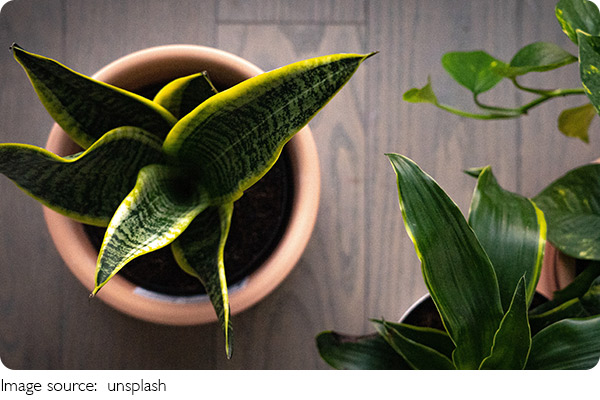Snake Plant Care!

The snake plant (Sansevieria spp.) is a popular ornamental succulent recognized for its architectural, upright leaves and low-maintenance nature.
This robust houseplant has earned acclaim for its air-purifying qualities and adaptability to varied environments.
Light Requirements: Balance for Growth and Longevity
Snake plants are highly adaptable in terms of light tolerance but flourish best in bright, indirect sunlight. They can survive in low-light or shaded conditions, although insufficient light may slow growth and lead to elongated, less sturdy leaves. East or south-facing windows provide ideal illumination, balancing light intensity without risking leaf scorch. If grown outdoors in warmer climates, placement in dappled shade or morning sun zones prevents damage from intense midday rays.
Watering Practices: Avoiding Root Rot
Watering is one of the most critical care aspects since snake plants are drought-tolerant succulents prone to root rot when overwatered. The soil should dry out completely between watering sessions. Water sparingly, typically every two to three weeks during active growth seasons (spring and summer) and less frequently in colder months, making adjustments based on indoor humidity and temperature. Watering should be thorough enough to saturate the root zone but must drain well to prevent water-logging. It is advisable to water from above, avoiding the central rosette to minimize moisture accumulation that can lead to fungal issues.
Soil and Potting: Well-Drained Mediums for Healthy Roots
Optimal soil for snake plants is a well-draining, sandy or gritty mix characteristic of cacti and succulents substrates. Incorporating components like perlite, coarse sand, or orchid bark improves aeration and drainage, critical for root health. Pots must include drainage holes to allow excess water to escape, preventing prolonged soil moisture. Repotting is generally needed every two to three years or when root systems outgrow the container, using fresh soil to rejuvenate nutrient availability.
Temperature and Humidity Preferences
Snake plants thrive within temperature ranges of approximately 55°F to 85°F (13°C to 29°C). They are not frost-tolerant and should be protected from temperatures below 50°F (10°C). Ideal indoor humidity is moderate to low; high humidity environments could increase susceptibility to fungal diseases. Their tolerance for dry air and variable light makes them suited for typical home and office atmospheres.
Feeding and Fertilization for Vigorous Growth
Fertilizing snake plants supports sustained growth during the active growing season but should be moderate since excessive nutrients can harm these slow growers. Application of a balanced, diluted liquid fertilizer once a month from spring through early fall is sufficient. Alternatively, slow-release granular fertilizers can be incorporated into the potting mix at the start of the growing season. Avoid fertilizing in winter, when the plant enters a dormant phase.
Pruning, Pest Management, and Maintenance
Pruning is seldom required; however, removing leaves that are damaged, yellowing, or diseased by cutting at the soil line enhances overall plant health and visual appeal. Handling should be cautious, as the sap can be an irritant. Regular cleaning of leaves with a soft, damp cloth removes dust, optimizing photosynthesis and reducing pest attraction. While snake plants are generally pest-resistant, occasional infestations of spider mites, mealybugs, or scale insects can occur and should be treated promptly with insecticidal soap or horticultural oils.
Propagation Techniques
Snake plants can be propagated easily through leaf cuttings or division. Leaf cuttings require slicing healthy leaves into sections and planting upright in moist soil until roots develop. Division involves separating rhizome clusters during repotting, enabling the establishment of new plants. Both methods are efficient for expanding plant collections or replacing aging specimens.
The snake plant represents an exceptional blend of aesthetic appeal and ease of care, suitable for both novice and experienced gardeners. Success depends on providing bright, indirect light, minimal but adequate watering, well-draining soil, and occasional fertilization within preferred temperature ranges.

Routine maintenance through cleaning and pruning facilitates plant vitality. Its air-purifying qualities and adaptability to indoor conditions reinforce its stature as a valuable botanical addition to any space. Properly cared for, the snake plant offers years of structural elegance and greenery with minimal effort.

 · Nature Team
· Nature Team